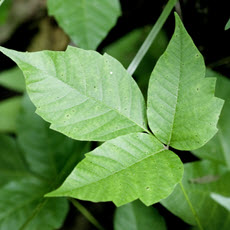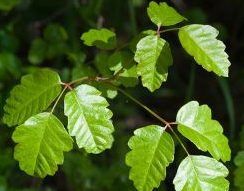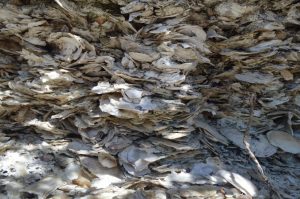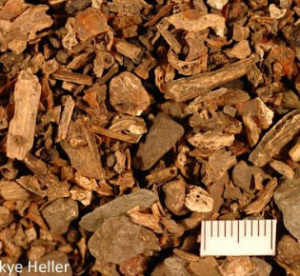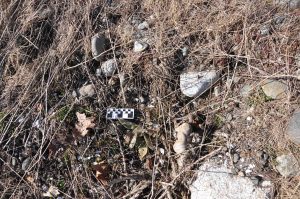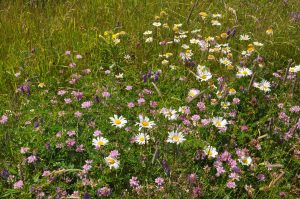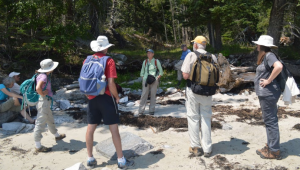What Can I Do?
Be a Maine Midden Minder!!!
There are approximately 2,000 shell middens documented on the Maine coast, and virtually all are eroding. While a few are the subject of archaeological investigations each summer, many have not been professionally monitored in decades. Anecdotal evidence of erosion exists, but is not in an organized manner. This project seeks to document erosion at shell middens through measurements and photography. This information will be used by researchers and cultural resource managers to prioritize investigations and data recovery efforts. Additionally, volunteers who visit sites regularly may be able to document eroding cultural material that will add to our understanding of ancient coastal environments and lifeways.
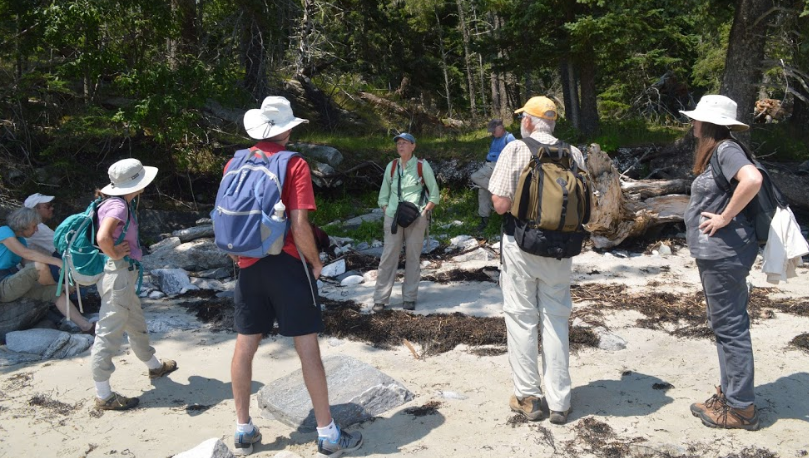
How to help:
- Join a coastal conservation organization that has a monitoring program on their property. Contact you local land trust or conservation group to see if they are participating.
- Mind a midden near your home or favorite place. (Land owner permission required)
- Have a drone? Aerial photos are a good way to document midden erosion. Let us know if you’d like to be involved at middenminders@maine.edu.
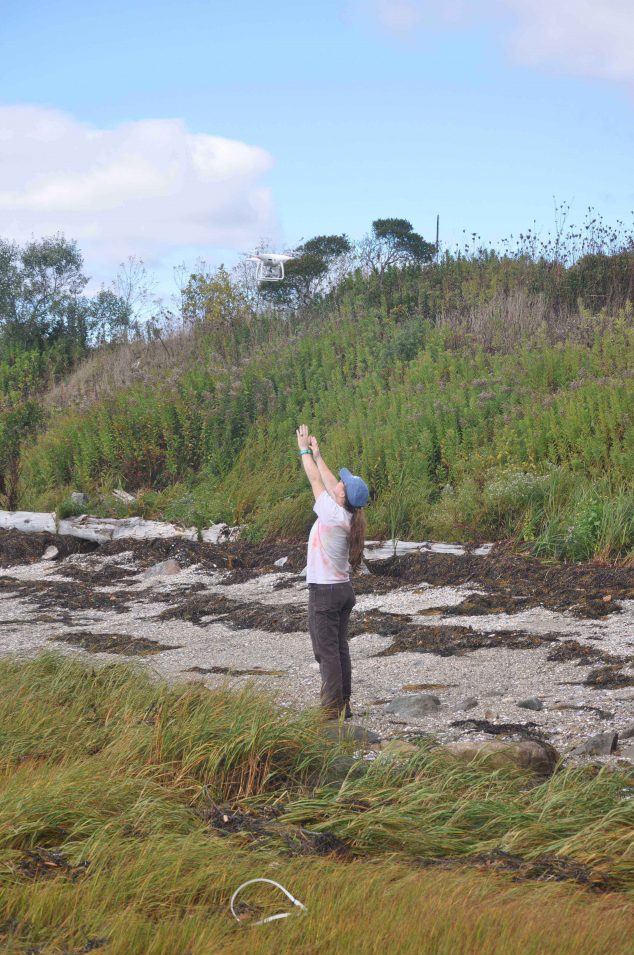
Maine Midden Minders can participate in some or all minding activities (instructions included in the protocols section):
- Annual midden survey – Making an annual measurement and assessment of a midden using simple tools and photographic techniques. The survey will consist of:
- Measuring the distance to the midden edge from an established baseline, and using that information to create a map that will show stability or erosion through time.
- Noting the condition of the midden substrate.
- Making an estimate of the amount of actively eroding material or vegetative cover of the midden face.
- Noting any evidence of any non-erosion disturbance (human or animal).
- Photographing the midden face and top surface at the time of the survey.
- Drone-based photography could be part of this step.
- Noting the date, time, weather conditions and stage of tide at the time of the visit.
- Photographing any archaeological material that has eroded from the midden.
- Entering data into the Maine Midden Minder database.
- Monthly (or more frequent) midden minding – Not as detailed as an annual midden survey, basically a midden “wellness check” to document change through the year. Minders will be asked to:
- Photograph the midden face and top surface at the time of the visit.
- Note the date, time, weather conditions and stage of tide at the time of the visit.
- Note any evidence of any non-erosion disturbance (human or animal).
- Note any changes in vegetation or erosion area on the midden face.
- Photograph any archaeological material that has eroded from the midden.
- Enter data into the Maine Midden Minder database.
- Storm Chasing – Visit to the midden immediately following a weather event to document storm damage. The amount of data collected will be dictated by safety conditions. Storm chasers will be asked to:
- Photograph the midden face and top surface at the time of the visit, if safe to do so.
- Estimate the amount of erosion that has taken place, if possible.
- Photograph any archaeological material that has eroded from the midden.
- Note the date, time, weather conditions and stage of tide at the time of the visit.
- Enter data into the Maine Midden Minder database.
A note about our database:
The database was specifically designed for this project by UMaine’s Advanced Computing Group. Individual Maine Midden Minders will have access to the records that they contribute to the database. Conservation organization managers will be able to monitor contributions from middens on their property. However, contributors will not have access to all the data on the database in the interest of site preservation and out of respect for private property. While we would like to be able to share information broadly, the issue of looting and the large number of middens on private property means that access to the database will be granted through application to the Maine Midden Minders organization and the Maine Historic Preservation Commission.
Details
Midden minders surveying on private property will be required to submit a notarized statement from the landowner granting permission for access.
Midden minders are required to complete the attached waiver. Waiver can be mailed to:
-
Midden Minders
Climate Change Institute
University of Maine
Orono, ME 04469 -
or scan and email to middenminder@maine.edu
Safety in the Field
While in field, it’s important to remember safety to prevent injury or other health issues.
- Maine Midden Minders are encouraged to work in teams. Data collection is easier, and it is safer to be working with a “buddy”.
- Be aware of dangerous plants like poison ivy and poison oak. Wearing gloves while working can prevent irritation from poisonous plants. In the event the a rash is contracted, over the counter remedies are available and effective. Pictured below is a poison ivy plant and a poison oak plant.
- Most insects can be repelled with bug spray, but ticks can pose a serious issue. DEET bug spray can repel ticks. Other preventative measures include wearing light colored and/or specially treated clothing and tucking pants into socks. Make sure to perform a tick check after being outdoors. If you find yourself with a tick bite, carefully remove the tick. For more information on ticks, visit the Ticks in Maine website.
- Be cautious when climbing up steep slopes or rocky terrain. Bluff or midden edges may be eroded under the edge of the feature. Be sure not to stand on undercut, unsupported areas at the midden.
- When you go in the field, have a buddy if possible. Make sure someone knows where you’re going, and check in with them when you return.
- Make sure to being adequate amounts of water and food. Long days in the field and the sun can cause rapid dehydration. Be sure to wear a hat and sunscreen.

